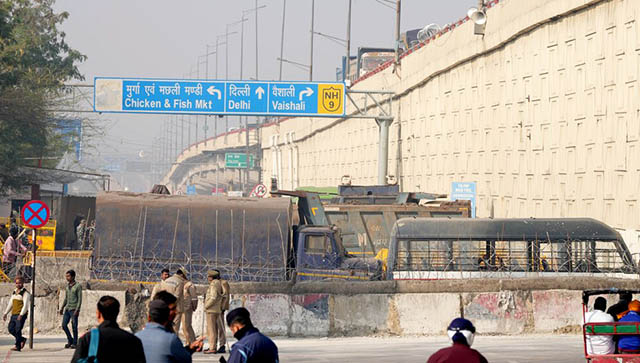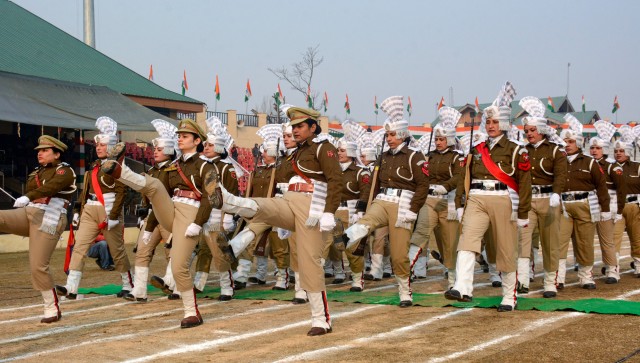In the last one month, several big-ticket land deals and home sales in prime localities were front pagedin national dailies creating an impression that real estate is actually not in that bad a shape.But the reality couldn’t be further.
While we wondered how people could shell out crores and crores for an ordinary flat in prime localities, home sales elsewhere were on a free fall. Data for the first quarter of FY14 compiled by real estate research firm Liases Foras shows that residential salesfell in all metros except Bangalore.
According to the report, property prices have stagnated across markets but Mumbai saw the maximum inventory of unsold homes at 155.27 million square feet or 48 months of unsold inventory. Inventory denotes the number of months required to clear the stock at the existing absorption rate.An ideal scenario implies inventory should be in the range of eight to 10 months. But Mumbai would take four years to sell these homes, implying an extremely overheated market with no buyers.
The situation in Delhi is no better where unsold inventory would take at least 38 months to offload.
Despite attractive schemes to lure buyers, sales in Mumbai during April-June were down 12 percentfrom the January-March levels, while sales in Delih and Pune were down 13 percent and 15 percent, respectively. Realtors launched a slew of schemes this quarter to hard-sell homes to buyers such asa free foreign trip, free stamp duty and registration, subvention 20:80 plan. In a 20:80 plan, a buyer has to pay only 20 percent as upfront amount and the balance 80 percent can be paid at the time of possession. The freebies, however, failed to materialise into actual sales as the pricing is too high for a common man to purchase a home right now.
Data byonline property portal Magicbricks shows that Mumbai saw the maximum number of projects with schemes and discount at 88, followed by the National Capital Region with 56.
Clearly, developers seem to have exhausted all marketing gimmicks, be it freebies, controlled launches or free registration. This is because a house doesn’t cost less than a crore in these two metros.
Bangalore was the only market which recorded a quarter-on-quarter sales growth of 25 percent largely because of new launches in the affordable segment. The southern city saw maximum supply of 14 million square feet in the Rs 50 lakh to Rs 1 crore bracket, and 11 million square feet in the Rs 25 lakh to 50 lakh bracket.
“The first quarter of the current financial year is probably one of the worst quarters,” says Pankaj Kapoor, MD at Liases Foras.
“Even a productive market like Pune has fallen. NRI demand, despite a falling rupee, has failed to take off in the city. Even NCR and MMR (Mumbai Metropolitan Region), which relied heavily on the 20:80 schemes have not seen good takers. Prices in the secondary market in NCR are also said to have come down.”
And now with the recent RBI steps to tighten liquidity, which has signalled that the interest rates will not fall in the near future, expect home sales to decline even further.
With sales going down, cash-strapped developers will struggle to service their debt. The sales decline has also restricted their ability to increase prices. This explains why in the June quarter, prices in Bangalore, Chennai and Mumbai increased a marginal 1 percent.
One the on hand private equity funds are pressuring builders to hasten sales and on the other banks are hounding them to service debt. A report in the Business Standard saysborrowing costs have gone up 200 to 300 basis points for developers in the last couple years due to sluggish home sales. With the recent RBI steps, real estate firms, already on a hand-to-mouth existence, may even default on loan repayments to banks, eventually increasing their non-performing assets.
With rising financing cost, it is highly unlikely that builders will be able to sustain such high levels of inventory.
According to Kapoor, a price cut is imminent since sales have dropped in both affordable and luxury market.
Luxury home sales are down 35 percent in the last three quarters in Mumbai and around 40 percent in NCR-Gurgaon region, he said.


)




)
)
)
)
)
)
)
)